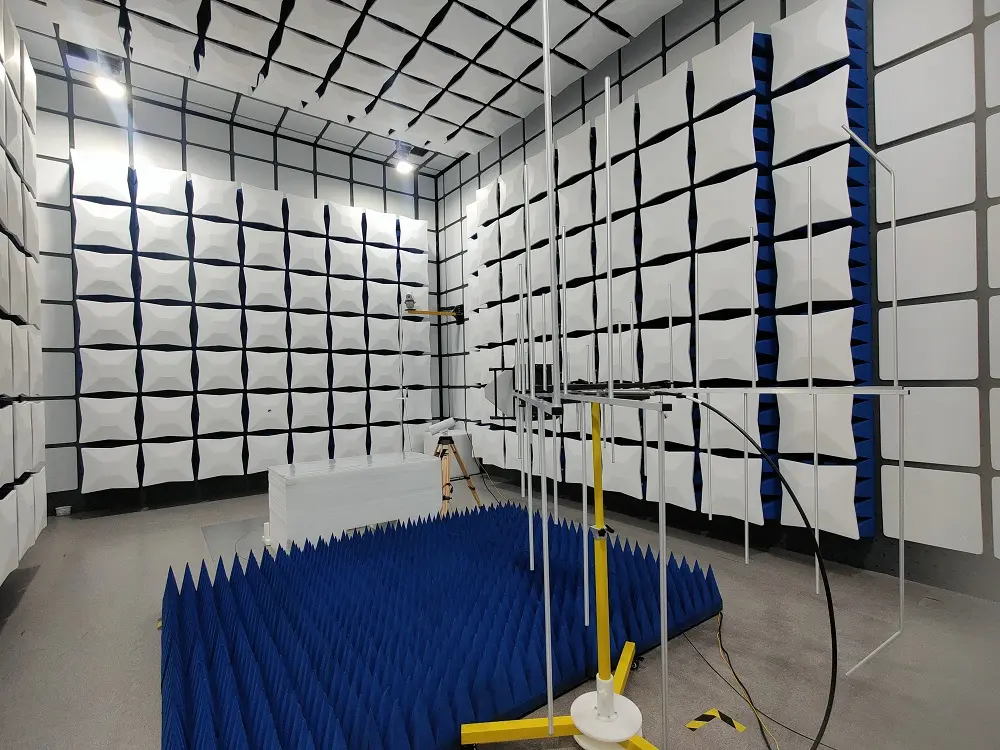
ISO 8124-1:2022 Toy Mechanical and Physical Safety Test
The inherent hazards of toys have been significantly REDuced, but toy-related injuries still persist. To ensure the continued safety of international toy manufacturing, ISO 8124-1:2022 – Safety of Toys – Part 1: Safety Aspects Related to Mechanical and Physical Properties has been released.

What is ISO 8124-1:2022?
ISO 8124-1:2022, primarily based on existing standards from the EU (EN 71-1) and the US (ASTM F963), establishes acceptable standards for toy structural characteristics, including shape, size, contour, spacing, and attributes of specific toy categories. For instance, one attribute includes the minimum tip angles for certain ride-on toys, an essential specification given the high number of injuries caused by such toys annually.
This standard is a comprehensive document addressing various aspects of toys and methods to mitigate associated risks. It also prescribes appropriate warnings and instructions on some toys and their packaging. Given the diversity of languages, Appendix B provides general rather than specific wording for instructions and warnings to overcome challenges related to international standardization.
ISO 8124-1:2022 applies to all toys, defined internationally as any product or material designed or intended for play by children under 14 years old. However, its scope excludes products like bicycles and slingshots. Guidelines vary for different age groups due to differences in how toys are used across age ranges.
What Changes Does ISO 8124-1:2022 Introduce?
ISO 8124-1:2022 revises the 2018 edition of the safety standard for the physical and mechanical performance of toys. It incorporates amendments made to ISO 8124-1:2018/Amd.1:2020 and ISO 8124-1:2018/Amd.2:2020. As a document addressing potential hazards in toy components for different age groups, the standard needs to keep pace with emerging issues and trends.
Key updates in ISO 8124-1:2022 include:
1. Revisions to the definitions of "push and pULl toys" and "elastic materials."
2. Restrictions on exemptions for writing materials to exclude detachable components that pose small-part hazards for children under 36 months.
3. Labeling requirements for retail displays of unlabeled toys without packaging.
4. Removal of warning requirements for additional cords on toys intended for children aged 18–36 months.
5. Specification of warning placement on cables.
6. Inclusion of toys designed for wall or ceiling suspension in Section 4.11.9.2.
7. New safety stop or locking device requirements for toys with folding mechanisms.
8. Additional options for ventilation requirements.
9. Labeling requirements for protective devices on toy bicycles.
10. New speed limits for electrically driven ride-on toys.
11. Clarification of requirements for mouth-actuated toys through examples.
12. Addition of requirements for functional toys.
13. Inclusion of safety requirements for toys in contact with food.
14. New provisions for inflatable toys.
15. Modifications to dimensions in Figure 35 ("Head Probe").
16. New clauses added for:
- Flying toy warnings.
- Instructions for projectile toys.
- Instructions for toy bicycles.
17. Sections added to address instructional literature for:
- "Toy scooters."
- "Remote-controlled flying toys."
Appendix G of the ISO 8124-1:2022 document lists all significant changes in the new edition of the toy safety standard.
What Were the Changes in ISO 8124-1:2018?
The previous version, ISO 8124-1:2018, also underwent substantial revisions. It updated the 2014 edition with notable changes:
1. Revisions to definitions, including "cords," "elastic," "A-weighted equivalent sound pressure level," and "push and pull toys."
2. Exemptions for cardboard in reasonably foreseeable abuse tests.
3. Clarifications on warning requirements for toys for children aged 36–72 months.
4. Modifications to the kinetic energy density requirements for arrows.
5. Adjustments to C-weighted requirements for near-ear toys.
6. New sub-clauses added for:
- "Yo-yo balls."
- "Straps designed to be worn on the neck."
- "Sleds and toboggans with pulling cords."
- "Chin entrapment in handlebars and steering wheels."
- "Testing attachment rings and nooses."
- "Resistance of wires."
- "Yo-yo ball measurement."
- "Measurement of elastic constant k."
- "Measurement of initial length l₀."
- "Jaw test."
Additional provisions were added in the annexes.
What Does ISO 8124-1:2022 Not Cover?
ISO 8124-1:2022 does not aim to cover or address all potential hazards specific to certain toys or toy categories. It does not eliminate the necessity of parental responsibility. Beyond labeling guidelines, the standard does not provide inherent hazard guidance for toy functionalities (e.g., needles in toy sewing kits).
If you need ISO 8124-1:2022 testing reports for toys, feel free to contact China's JJR Laboratory.
Email:hello@jjrlab.com
Write your message here and send it to us
 WEEE Registration for Waste Electrical &Electr
WEEE Registration for Waste Electrical &Electr
 MSDS Chemical Safety Testing
MSDS Chemical Safety Testing
 What Are the Differences Between UK REACH and EU R
What Are the Differences Between UK REACH and EU R
 E-Cigarette GB 41700 Compliance Testing
E-Cigarette GB 41700 Compliance Testing
 What Are the Testing Items of California Propositi
What Are the Testing Items of California Propositi
 E-Cigarette EU TPD Testing
E-Cigarette EU TPD Testing
 Testing Certification for E-cigarettes Exported to
Testing Certification for E-cigarettes Exported to
 What is Amazon US CPC Certification?
What is Amazon US CPC Certification?
Leave us a message
24-hour online customer service at any time to respond, so that you worry!




